How Birds and Chocolate Became My Passion
By Sharol Nelson-Embry
A rare, endangered songbird flute-like call echoes through a tropical forest with cacao trees bordering on a high elevation pine “cloud forest” in the Dominican Republic. The Bicknell’s Thrush is an international resident, crossing borders to winter in the Zorzal Reserve in the Dominican Republic and travels north annually to nest in spring in hardwood forests on the east coast of the United States and Canada. The cacao harvested from this reserve makes a delicious chocolate treat.
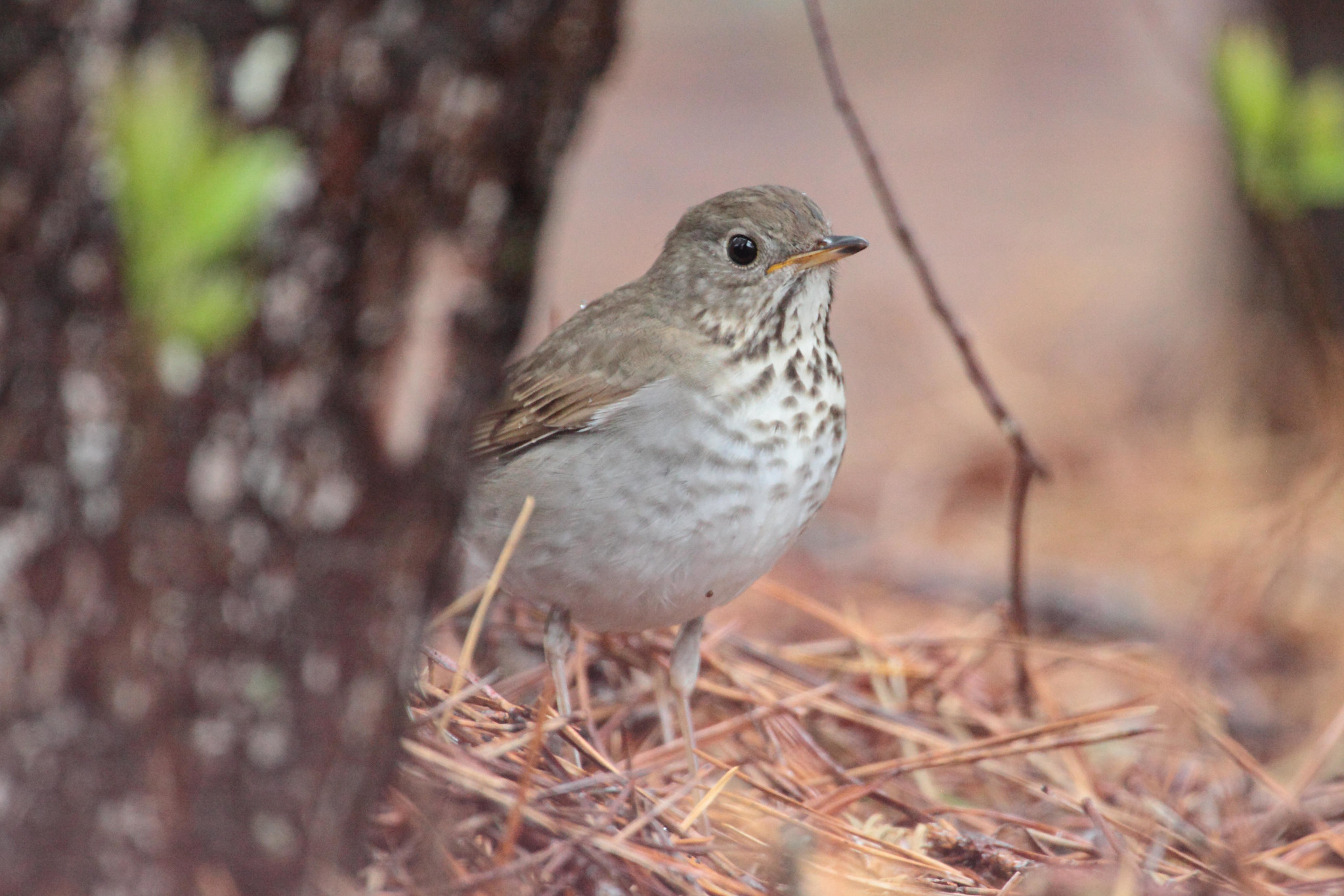
Two of my passions are birds and chocolate. I retired after 26 wonderful years at the East Bay Regional Park District’s Crab Cove Visitor Center at Crown Beach. I enjoyed educating and entertaining East Bay school kids and families there.
I led bird walks for the park district and continue to lead them for the Golden Gate Bird Alliance (GGBA). I’m in the process of certification as a Master Birder through GGBA and the California Academy of Science, a one year long intensive study of course work and field trips. I’m now in my second year of the program, doing volunteer work associated with birds.
One of the highlights of my Master Birder study year was monitoring the Elsie Roemer Bird Sanctuary at Crown Beach twice a month, as well as monitoring one of the Osprey breeding pairs here in Alameda. It was fascinating to watch how the Bird Sanctuary species changed through the seasons with various bird migrations, as well as observe firsthand the growth of the Osprey chick with both parents caring for it.
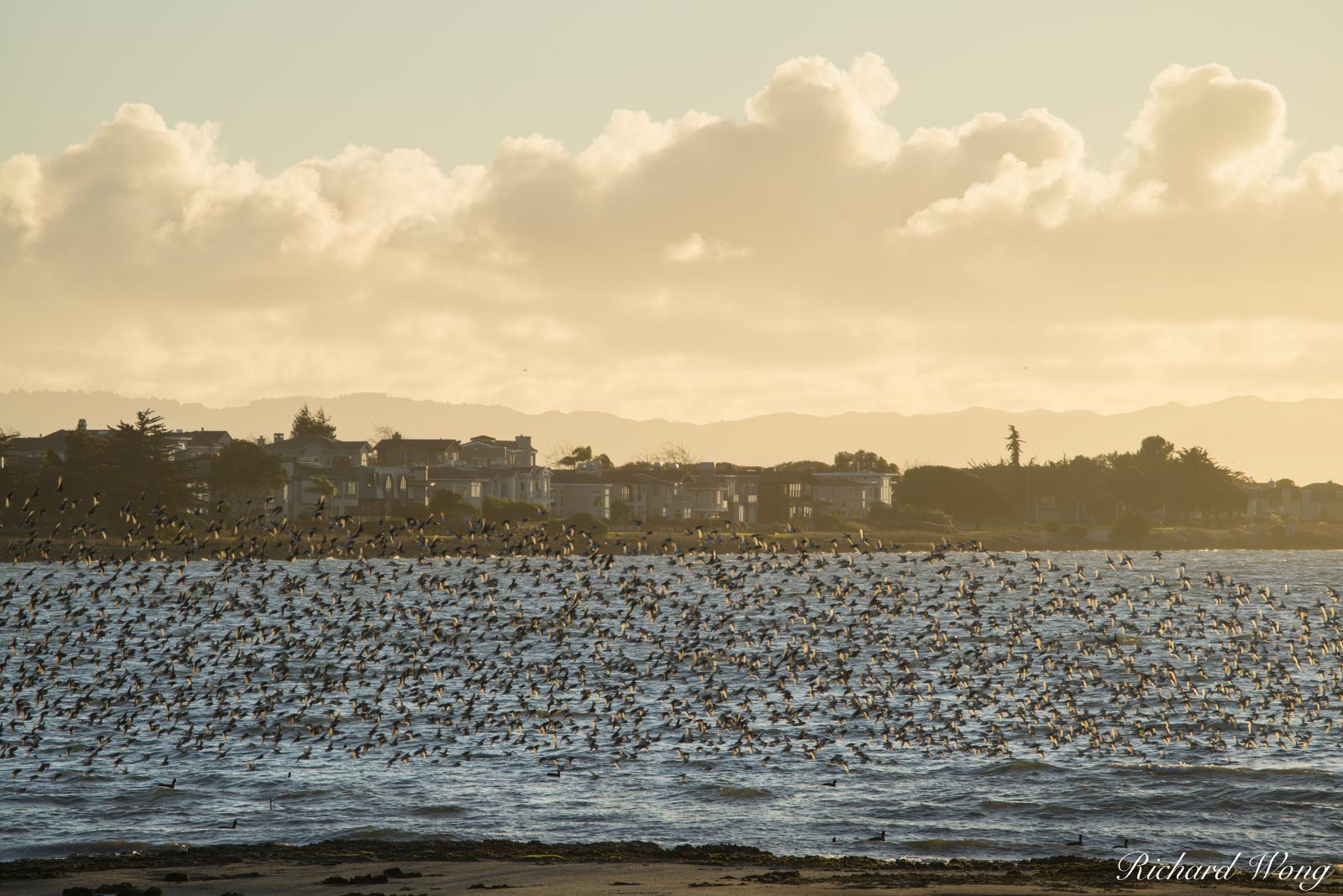
My love of chocolate deepened as I dove into single-origin chocolate — bars that are made from cocoa beans of one area or farm. Cacao trees are native to Central and South America but have been exported to many countries around the globe. They only grow in the tropical band of 20 degrees north and south of the Equator. Each location that grows chocolate has a particular flavor profile due to the terroir of the trees, similar to grapes and wine.
A skilled chocolate maker enhances those flavor notes in the way they roast the beans and finish the chocolate bar. Chocolate has four basic flavor profiles: floral, fruity, nutty, or fudgy. Nuanced flavors add to the intrigue of tasting single-origin chocolate including flavor notes that change over the course of a single bite melting in your mouth, creating a crescendo of flavors that cascades over your tongue.
I started my own chocolate company, Cocoa Case, to feature these fine chocolates and curate them into tasting kits. I lead classes for Alameda Recreation and Mastick Senior Center to sample these amazing chocolates. I’ve also led a fundraiser for GGBA for several years where we go bird watching and then move to another member’s house for chocolate tasting.
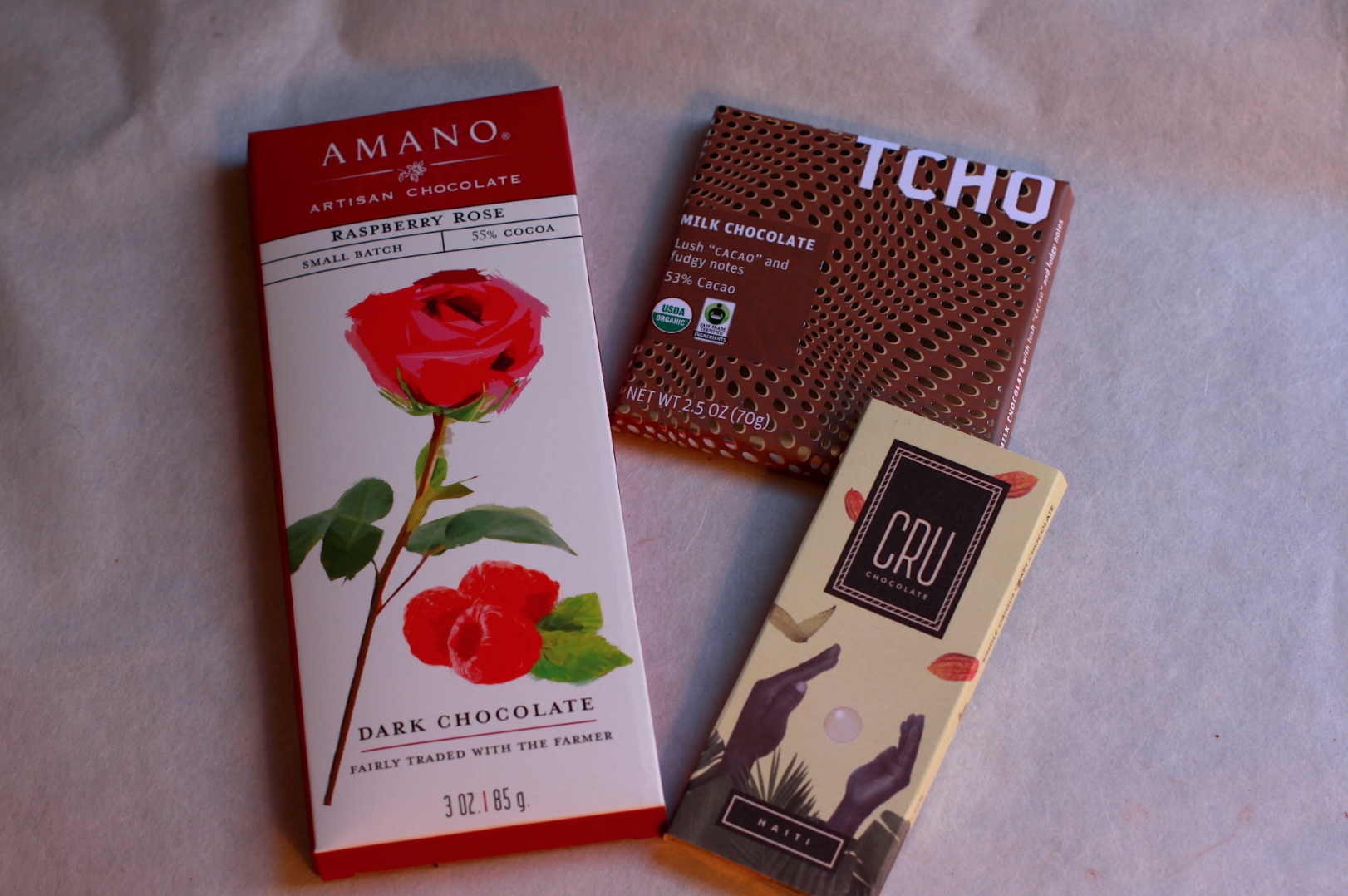
This year our fundraiser was cancelled due to the pandemic. Through Airbnb, I offer a similar program where we go bird watching and then sample chocolates at the shoreline. I’m hoping to get back to that one after the shelter-in-place is lifted.
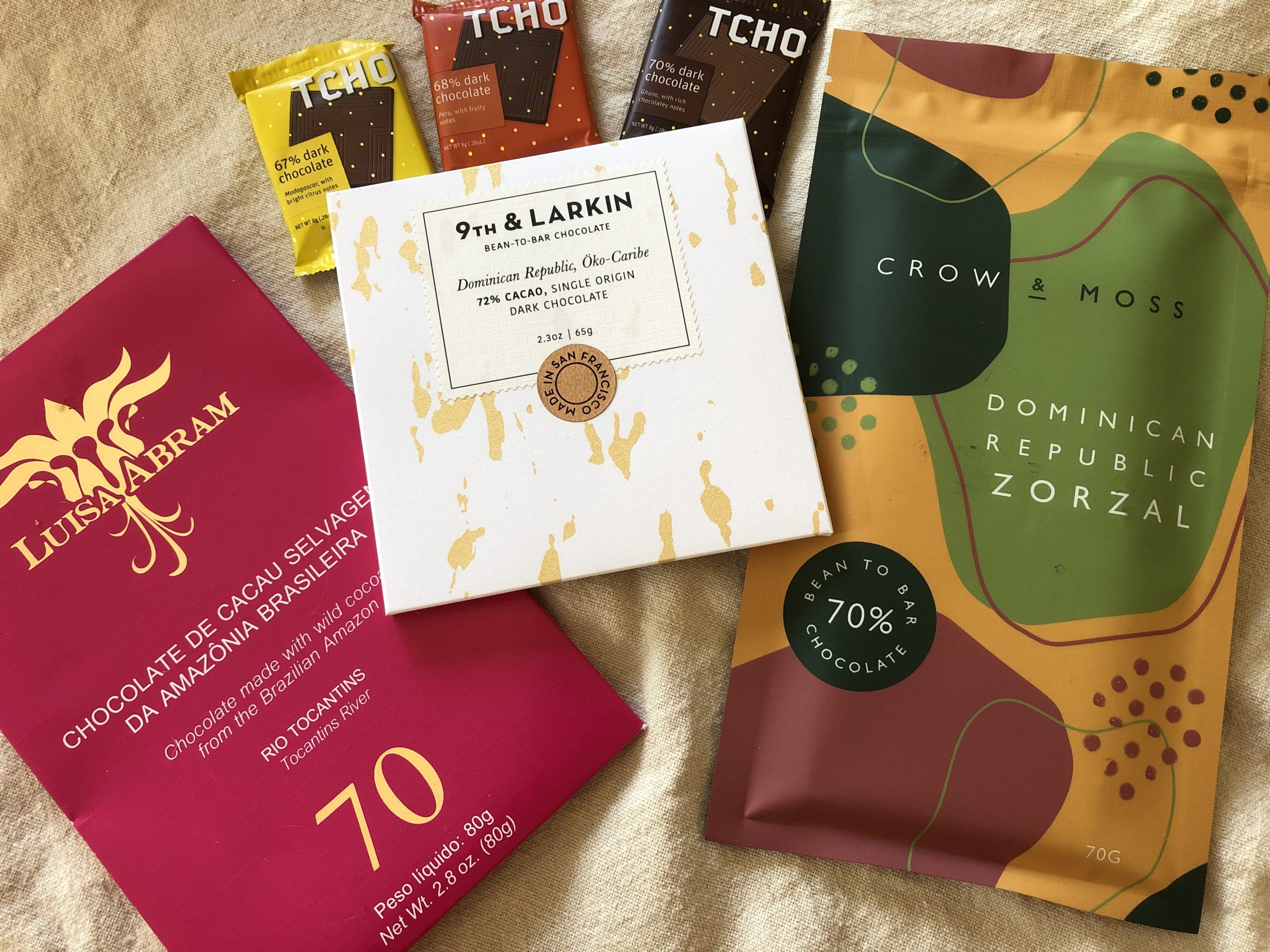
Back to the Zorzal Reserve, the cacao beans are used by several of my favorite chocolate makers — locally Dandelion Chocolate in San Francisco, and Crow and Moss, along the shores of Lake Michigan. These small-batch, single-origin chocolate makers purchase the cocoa beans after they’ve been fermented and dried in the country of origin. The magic of enhancing the natural flavor profile of the beans is the expert chocolate maker’s craft. By enjoying the chocolate, we’re supporting both an endangered species reserve as well as small businesses dedicated to fair trade for cacao farmers.
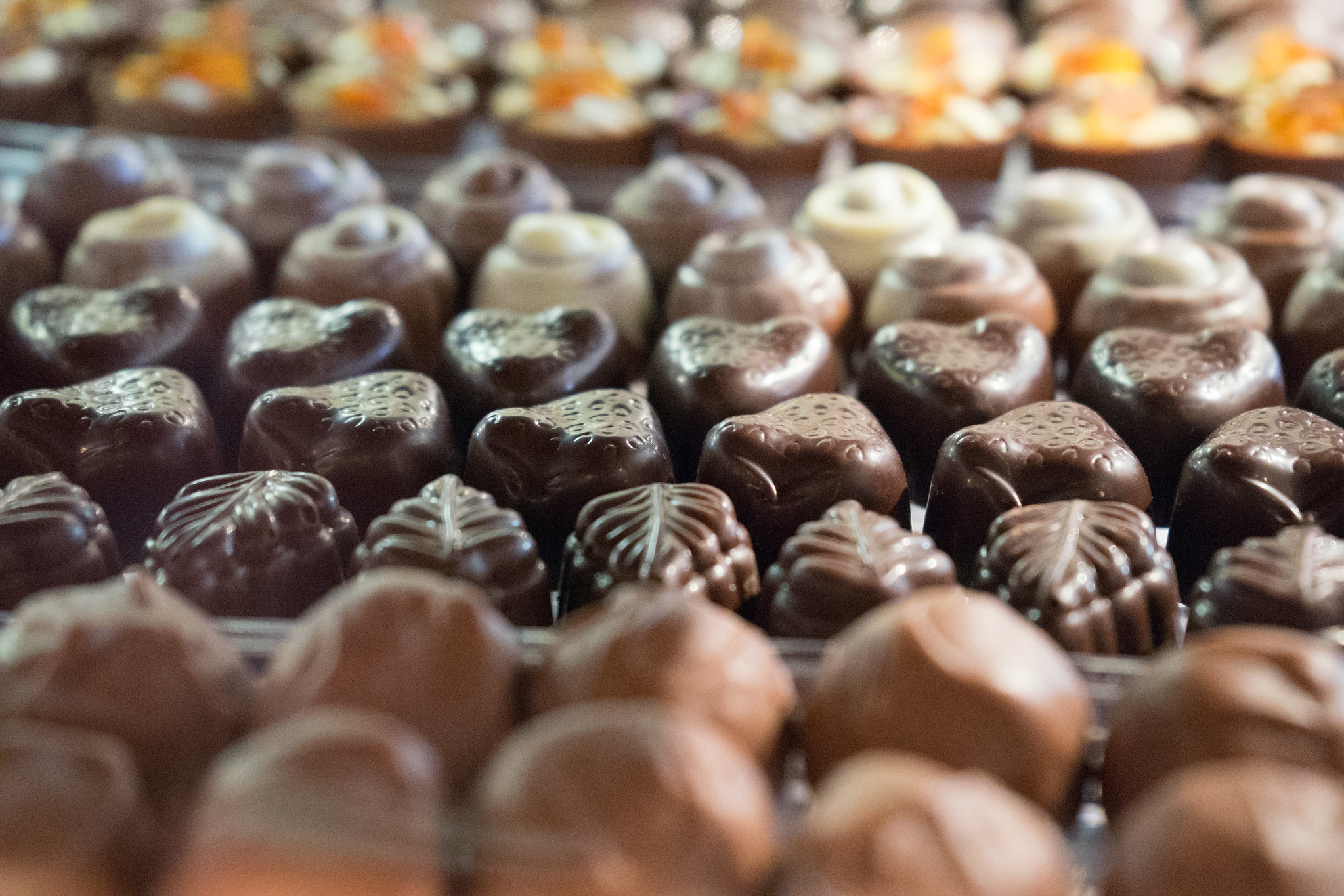
Another way purchasing single-origin chocolate can help birds is by preserving rainforest habitat. An example of that is the Makarti Jaya village in Sulawesi, Indonesia where the village people harvest cacao trees in the Randagan forest. Cacao grows best in the shade of other trees, so the native forest is kept intact, and Knobbed Hornbill and Sulawesi Hornbill birds thrive in the area.
Many artisanal chocolate makers seek out smaller farms such as the Sulawesi area, the Zorzal Reserve, or the Amazon River, for example, looking for the unique flavor profiles of these special cacao beans. Check out www.cocoacase.com for more information and watch for bird walks through GGBA once we start reopening. You can help birds by selecting some of these special chocolate bars.
About Sharol: Sharol Nelson-Embry was the Supervising Naturalist at the Crab Cove Visitor Center for East Bay Regional Park District for 26 years. After retirement a few years ago, she started Cocoa Case to curate single-origin, fair trade chocolate in tasting kits — including bird-friendly chocolate — and to offer educational programs related to chocolate and bird watching. She also is pursuing her certificate as a Master Birder through GGBA and the California Academy of Science. The original version of this blog was published in The Alameda Sun.
